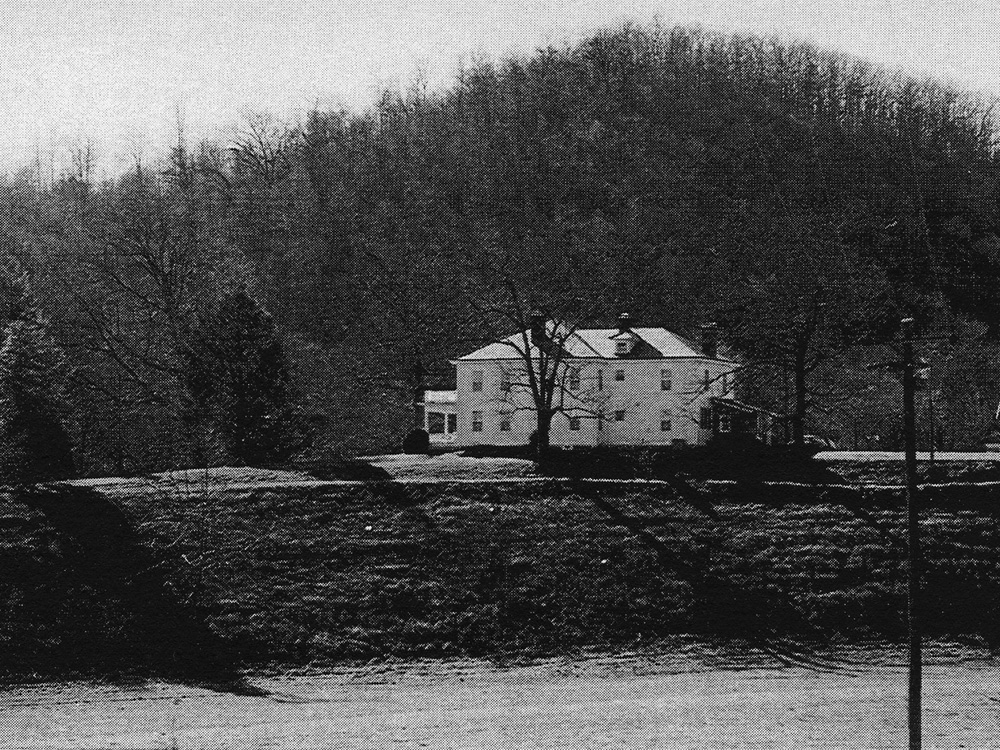Built in 1890, Valley View is an L-Shape, two-story, frame Victorian house. It was named Valley View in celebration of the natural amphitheater overlooked by the house and the panorama of the orchards, fields, and mountains visible from every window in the house.
Interior
It was first built as a seven-room home, but in 1914, the Dickies undertook a renovation of the house for the addition of four rooms: a library, a downstairs bedroom, and two upstairs bedrooms. In addition, a front stairwell, and a spacious foyer, reflecting classical and Greek Revival architectural elements, most notably the columns and rails that frame the porch. The new library was fitted out with pocket doors, which keep the room comfortably warm in winter and provide privacy.
On the left side of the new foyer, small columns formed the entry to the formal parlor. The parlor keeps vintage family portraits, antique furnishings, and artwork painted by Agnes B. Dickie. The fireplaces were probably constructed to accommodate coal grates. Today, only two of the chimneys are used. Many conveniences of its time were built into Valley View. For instance, running water was provided on a gravity flow form the spring northeast of the house. A stonewalled diary on the north side of the house was kept perishable foodstuff by cold spring water piped through it.
Outbuildings
Among the dependencies around Valley View were buildings such as: blacksmith’s shop, smokehouse, woodshed, cider house, tobacco barns, cooper’s shed, power house/telephone station, and a large barn. On the west side of the house, it was constructed two small concrete ponds for goldfish and water lilies.
The exterior appearance of the house originally included dark shutters, which were removed in the 1930s.






